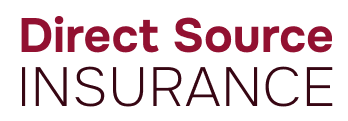DATE
May 20 2025 18:00
AUTHOR
Curt Reinmiller
Your home is likely one of your biggest investments—and protecting it with the right home insurance policy is essential. But let’s face it: insurance documents can be confusing, packed with...
Your home is likely one of your biggest investments—and protecting it with the right home insurance policy is essential. But let’s face it: insurance documents can be confusing, packed with industry jargon and fine print. That’s why we’ve broken it all down in plain language so you can feel confident knowing what your policy covers, what it doesn’t, and where to turn for trusted advice.
What Is a Home Insurance Policy?
A home insurance policy is a contract between you and your insurance company. In exchange for your premium (the amount you pay), the insurance company promises to help cover losses related to your home and personal belongings. It may also protect you financially if someone is injured on your property.
Key Components of a Home Insurance Policy
Let’s break down the main parts of a typical policy:
1. Dwelling Coverage
This covers the structure of your home—walls, roof, built-in appliances—against damage from things like fire, storms, and vandalism.
Example: If a tree falls on your house during a storm, dwelling coverage helps pay for the repairs.
2. Other Structures Coverage
This protects detached structures on your property such as fences, garages, and sheds.
3. Personal Property Coverage
This covers your belongings inside the home—furniture, clothing, electronics—if they’re stolen or damaged by a covered event.
Pro tip: Some high-value items like jewelry may need extra coverage, called a rider or endorsement.
4. Liability Protection
This protects you if someone is injured on your property or if you accidentally damage someone else’s property.
Example: If your dog bites a visitor, liability coverage can help pay medical bills or legal fees.
5. Loss of Use (Additional Living Expenses)
If your home becomes uninhabitable due to a covered loss (like a fire), this helps pay for temporary housing, meals, and more.
Common Terms You Should Know
- Premium: The amount you pay for the policy (monthly or annually).
- Deductible: What you pay out of pocket before your insurance kicks in.
- Coverage Limit: The maximum amount your insurance will pay for a covered loss.
- Peril: A specific risk or cause of loss covered by your policy (like wind or theft).
- Exclusion: A situation or item your policy does not cover.
What’s Usually Not Covered?
While policies vary, some common exclusions include:
- Flood damage (typically requires separate flood insurance)
- Earthquakes (often needs separate coverage)
- Routine maintenance and wear-and-tear
- Pest infestations (like termites or rodents)
Always read your policy or ask your agent to explain what's excluded, so you’re not caught off guard later.
Why Your Policy Needs Regular Review
Life changes—and so should your insurance. Renovations, new valuables, or a change in local building costs can all impact how much coverage you need. A quick annual review can save you headaches down the road.
Trust Direct Source Insurance for Guidance
Navigating your home insurance policy doesn’t have to be stressful. The team at Direct Source Insurance is here to make things simple. Whether you’re buying your first home, renewing your current policy, or just have questions, our knowledgeable agents are ready to help you understand your coverage and get the protection that’s right for you.
Need help reviewing or updating your home insurance policy? Reach out to Direct Source Insurance today for expert advice and personalized service you can count on.

